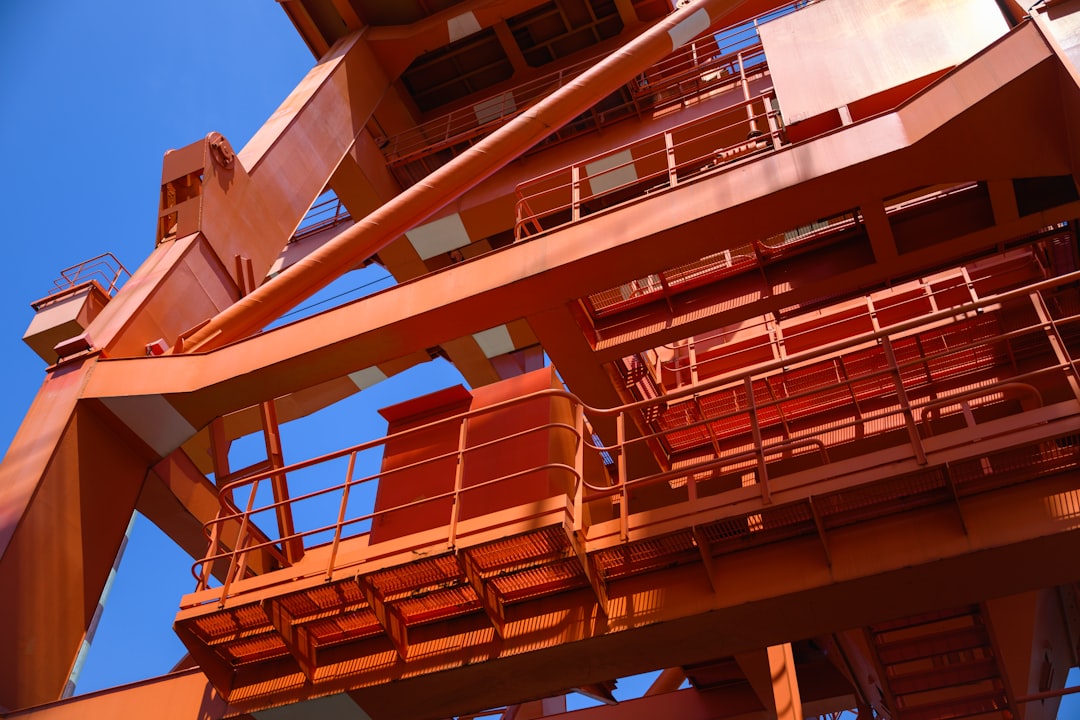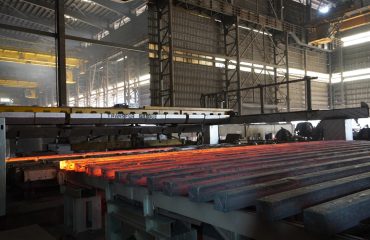body {
font-family: sans-serif;
line-height: 1.6;
}
h1, h2, h3 {
color: #333;
}
The steel industry, a cornerstone of global infrastructure and manufacturing, faces a monumental challenge: decarbonization. With steel production accounting for a significant portion of global greenhouse gas emissions, achieving net-zero targets is crucial for mitigating climate change. This post delves into the complexities of this transition, exploring the hurdles, innovative solutions, and the path towards a sustainable future for steelmaking.
The Carbon Footprint of Steel: Understanding the Challenge
Steel production is inherently energy-intensive and carbon-heavy. The traditional blast furnace-basic oxygen furnace (BF-BOF) route, still dominant globally, relies heavily on coking coal, a significant source of CO2 emissions. The process involves several stages: iron ore reduction using coke, smelting in a blast furnace, and refining in a basic oxygen furnace. Each stage releases substantial greenhouse gases. Beyond CO2, other emissions like methane and nitrous oxide contribute to the industry’s overall carbon footprint. Quantifying this footprint accurately is crucial for setting realistic net-zero targets and monitoring progress. Life cycle assessments (LCAs) are increasingly employed to comprehensively evaluate emissions throughout the steel’s entire production chain, from raw material extraction to end-of-life recycling.
Technological Innovations: Paving the Way to Net-Zero Steel
The pursuit of net-zero steel hinges on technological breakthroughs that drastically reduce or eliminate carbon emissions. Several promising technologies are emerging:
- Hydrogen-based Direct Reduction: Replacing coking coal with hydrogen in the iron ore reduction process significantly reduces CO2 emissions. However, producing green hydrogen (via renewable energy sources like solar or wind) is crucial for achieving true decarbonization. Challenges include the scalability of green hydrogen production and the cost-effectiveness of the technology.
- Electric Arc Furnaces (EAFs): EAFs utilize electricity to melt scrap steel, a significantly cleaner process compared to blast furnaces. Increasing the share of scrap steel in steelmaking is vital, requiring robust recycling infrastructure and efficient scrap collection systems.
- Carbon Capture, Utilization, and Storage (CCUS): CCUS technologies capture CO2 emissions from steel plants and either store them underground or utilize them in other industrial processes. While promising, CCUS faces challenges related to energy consumption, cost, and potential leakage from storage sites.
- Bio-based Carbon Sources: Research is exploring the use of biogenic carbon sources, like biomass, as a more sustainable alternative to fossil fuels in steelmaking. However, ensuring the sustainability and scalability of biomass production remains a critical aspect.
Policy and Regulatory Frameworks: Driving the Transition
Government policies and regulations play a crucial role in accelerating the transition to net-zero steel. Carbon pricing mechanisms, such as carbon taxes or emissions trading schemes, can incentivize steelmakers to invest in cleaner technologies. Furthermore, supportive policies promoting renewable energy development, hydrogen production, and research and development in low-carbon steelmaking are essential. Stringent emission standards and regulations can also drive innovation and accelerate the adoption of cleaner technologies. International collaborations are vital for establishing consistent standards and fostering technology transfer across countries.
The Role of Supply Chains and Collaboration: A Holistic Approach
Achieving net-zero emissions in steel production requires a holistic approach that extends beyond individual steel plants. Collaboration across the entire steel supply chain is paramount. This includes working with raw material suppliers to reduce emissions in mining and transportation, collaborating with downstream industries to improve the recyclability of steel products, and engaging with consumers to promote sustainable consumption patterns. Developing standardized methods for measuring and reporting emissions throughout the supply chain will be crucial for transparency and accountability.
The Future of Net-Zero Steel: Challenges and Opportunities
The transition to net-zero steel presents both significant challenges and immense opportunities. Challenges include the high capital costs associated with new technologies, the need for large-scale infrastructure development (e.g., renewable energy and hydrogen pipelines), and the potential for job displacement in traditional steelmaking regions. However, the opportunities are equally substantial: a greener steel industry can create new jobs in the renewable energy sector, enhance energy security, and drive innovation in materials science and engineering. Furthermore, achieving net-zero emissions will contribute significantly to global climate goals, securing a more sustainable future for generations to come. Investing in research and development, fostering public-private partnerships, and implementing effective policies are crucial for navigating these challenges and realizing the opportunities inherent in this transformative journey.
The path to net-zero steel is complex and demanding, but it is a journey we must undertake. By embracing technological innovation, collaborating across industries, and implementing supportive policies, we can forge a greener future for steel production and contribute significantly to global climate action.




